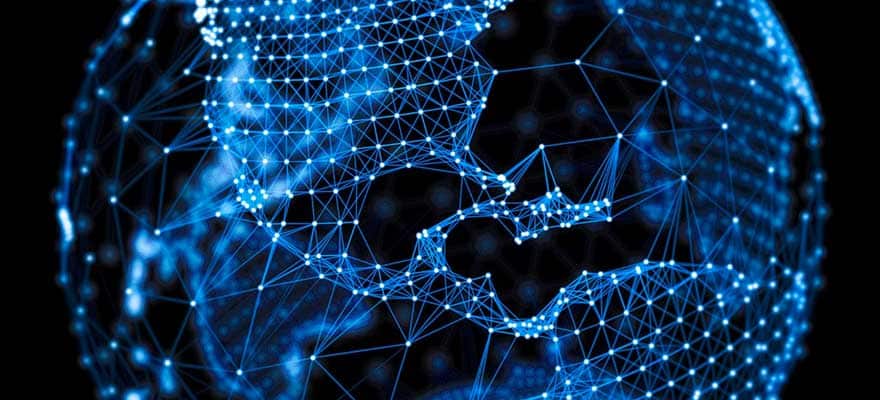Keeping up with multiple profiles at the same time is usually very demanding. That notwithstanding, most internet users have had no other choice than attempting to keep tabs with over a dozen profiles simultaneously. This is a distractive feat that sometimes turns out to be counterproductive since there may be omissions that would lead to inconsistencies across an individual’s online personality.
Rapid changes and fierce competition
In this mobile age where things change so quickly, it is common to find people who have different professional positions at different companies at the same time when considering their profiles on different platforms. This is usually as a result of their inability to keep up with the dynamic career changes that happen over short periods of time.
The confusion caused by this scenario is responsible for a lot of missed opportunities, since potential clients and employers may be confronted with conflicting information when attempting to make recruitments.
Centralized platform are disposed to fierce competition among each other, this Leads to hoarding of data and other forms of inappropriate manipulations. Unfortunately, in all of this, the network users who are the real owners of these data are the ones at the receiving end.
These users have their information sold to advertisers who bombard them with unsolicited calls, emails and messages. They most times are deprived of the privacy that they deserve and often exposed to various levels of insecurity.
The struggle for control
Blockchain implementation is offering an opportunity to effectively decentralize online data management processes, enabling the real identity owners to fully control how their personal data is managed. Built on the Ethereum mainchain, the dock.io protocol is introducing a tokenized ecosystem where applications can plugin and seamlessly share information through decentralized transactions.
The dock.io protocol enables both users and various network apps to exist in a decentralized community, with each retaining total control of their properties. Individuals on their own will be able to determine with whom their personal information is shared, and to what extent that can happen. The network apps, coming in with their own database will in this case benefit from the incentivized data sharing models of transactions using the DOCK tokens.
People feel more comfortable when they can control their own resources, especially when the system is democratized and no one is taken unawares by drastic and sudden changes. On dock decentralized platform, no single network can enforce some selfish rules as is the case currently with centralized platforms, where users have to bear wholesome changes that are sometimes too abrupt and uncomfortable.
To be or not to be
A typical example of sudden changes by centralized platforms occurred in previous years when LinkedIn provided an open API. 30,000 apps were built off this API and innovation flourished. In February 2015, LinkedIn made an announcement stating that it would restrict public API access. Consequently, many businesses have died and industry innovation has slowed. This is the extent to which power and control can affect what happens within such networks.
The dock.io protocol allows anyone to easily port their data to and from participating applications. Users also have access to automatically updated profile information, employment history data, and any type of platform data in an integrated fashion. Hence, they will not be bound to any single platform for their employment data, freelancing, or personal reviews.
Decentralized resource control
Users will possess signed and verified content and choose where it is shared, thus owning their own data. They will also choose where to share the data received from other platforms in their name. It is up to the user to opt-into sharing any particular data with any specific application of their choosing as already mentioned above.
Blockchain technology is still in the developmental stages and the benefits that it brings to humankind keeps unfolding as the days go by. Just like the internet developed across the better part of the past three decades, it is apparent that we may continue to see blockchain technology find application in different areas of human existence. In all of this, the power to own once digital resource stands out as a very important positive addition courtesy of blockchain technology.
















